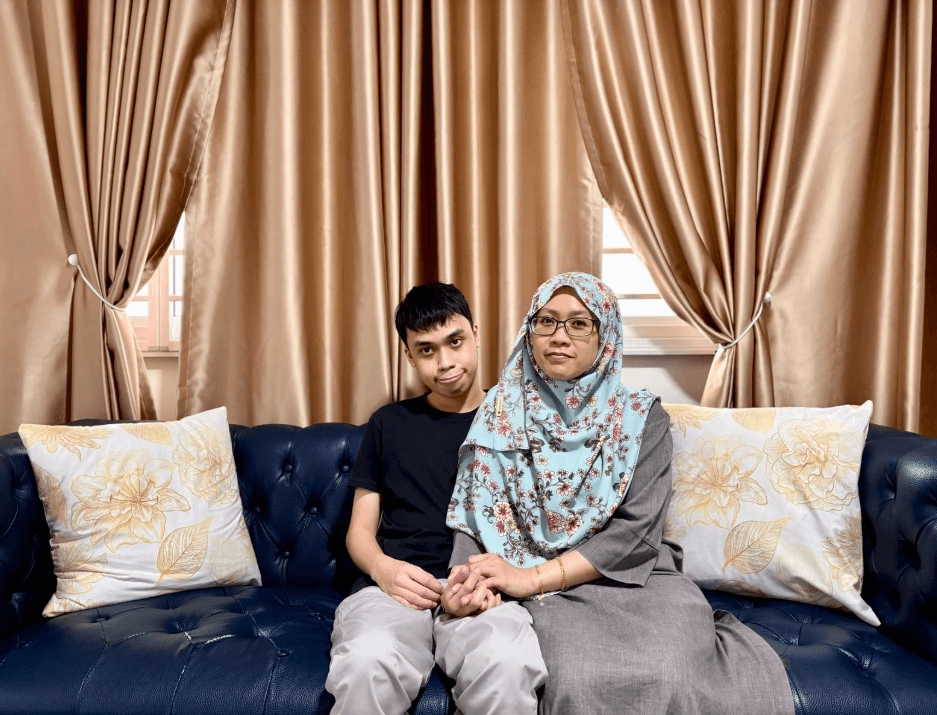Sensory processing challenges are a common feature of autism spectrum disorder (ASD), affecting up to 95% of people with autism. These issues can cause individuals to experience over-responsiveness or under-responsiveness to sensory input, which can impact how they engage with the world around them.
They may have sensitivities to sensory input such as sights, sounds, smells, tastes, touch, balance, as well as awareness of their body position, movement, sensations & internal cues.
Depending on the sensory input, they may be hypersensitive or hyposensitive, and in many cases, a combination of both.
- Hypersensitive: Over-responsive to touch, sound, taste, smell or visual stimuli
- Hyposensitive = under-responsive to touch, sound, taste, smell or visual stimuli
Step into the shoes of someone with autism
Sensory processing issues can have a significant impact on an individual’s daily life, affecting their ability to engage in activities, socialise with others, and manage their emotions.
Someone who is hypersensitive to sounds may not be able to concentrate in an environment that has noise or loud sounds. It’s also important to recognise that what seems like a reasonable volume to us may feel overwhelmingly loud to someone with hypersensitivity.
Someone who is hyposensitive, on the other hand, may not react to loud sounds. Instead, they may take a while to recognise sensations and engage in sensory seeking behaviours for stimulation. This can look like rocking back and forth, humming, touching different textures or seeking out strong sensory input like jumping or spinning.
One thing’s for sure – these challenges on their own are already a mountain to climb for the person with autism and their loved ones. How can we walk with them, and do our part to create a more understanding and inclusive world?
Supporting individuals with sensory processing issues
There are various strategies to support individuals with sensory processing challenges, including:
- Creating a calm and predictable environment
- Using visual aids to support communication
- Offering alternative sensory experiences, such as fidget toys or weighted blankets
- Providing noise-canceling headphones or earplugs to reduce sensory overload
- Designating quiet spaces for retreat when feeling overwhelmed
Whether at home, school, or in the community, these strategies can help individuals with autism manage their sensory sensitivities and navigate daily life more comfortably. However, it is important to recognise that each person with autism has unique sensory processing needs and requires individualised interventions for effective support.
Ultimately, by understanding the impact of sensory processing challenges, we can work together to create more inclusive and supportive environments for individuals with autism.
- Creating a calm and predictable environment
- Using visual aids to support communication
- Offering alternative sensory experiences, such as fidget toys or weighted blankets
- Providing noise-canceling headphones or earplugs to reduce sensory overload
- Designating quiet spaces for retreat when feeling overwhelmed
Whether at home, school, or in the community, these strategies can help persons with autism manage their sensory sensitivities and navigate daily life more comfortably. However, it is important to recognise that each person with autism has unique sensory processing needs and requires individualised interventions for effective support.
Ultimately, by understanding the impact of sensory processing challenges, we can work together to create more inclusive and supportive environments for persons with autism.





